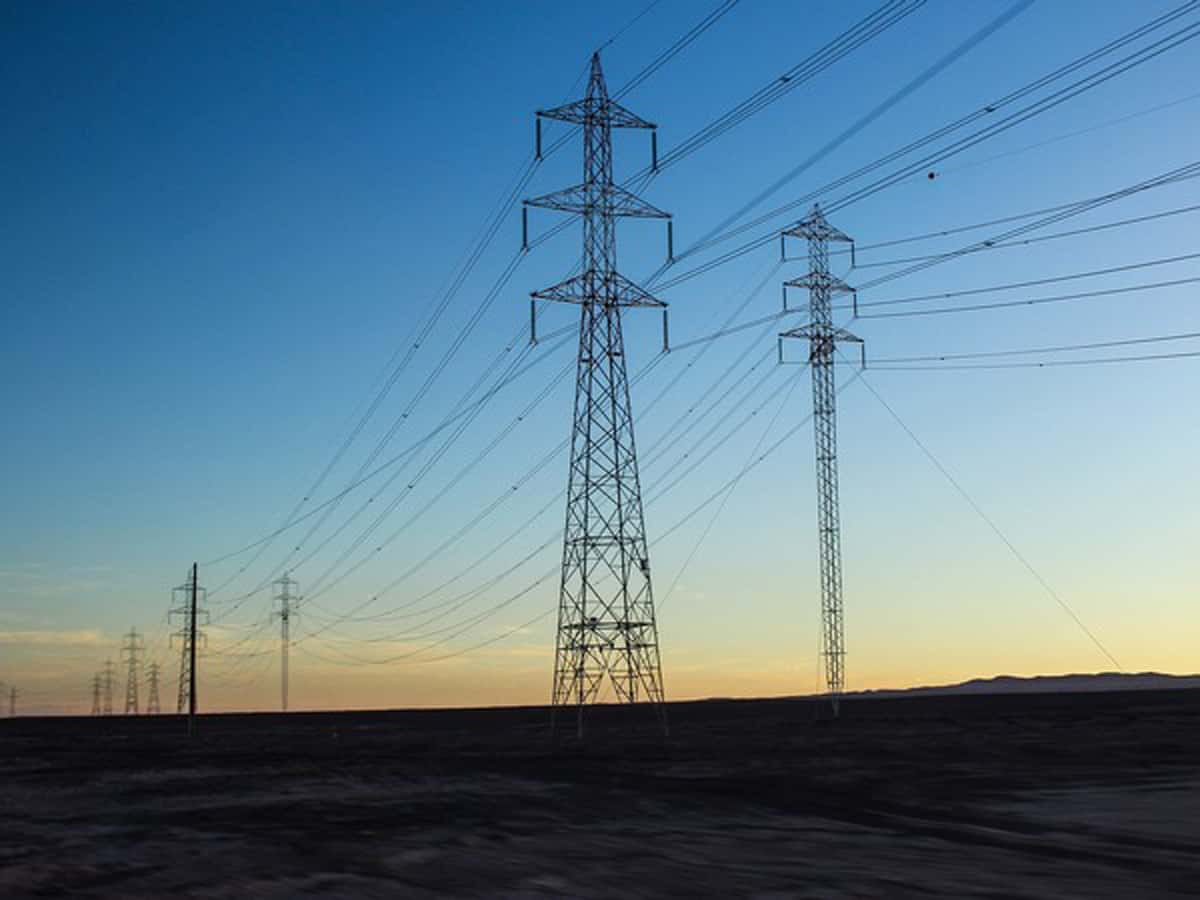
New Delhi: A state-wise analysis of accidents due to electricity has indicated that 85 per cent of them occur in 11 states, a discussion paper by a think-tank released on Thursday said while pointing out that “electricity safety is tragically slipping through governance gaps”.
Stating that there is a need to strengthen efforts to reduce accidents in the following states – Andhra Pradesh, Chhattisgarh, Gujarat, Kerala, Karnataka, Madhya Pradesh, Maharashtra, Rajasthan, Tamil Nadu, Telangana and Uttar Pradesh – the discussion paper said, “Within the states, there is variation in the number of accidents based on consumer mix, state of maintenance of the distribution network, climatic conditions and safety awareness.”
This was highlighted in the discussion paper �Electricity safety: Tragically falling through the governance gaps’ by think-tank Prayas, which tracks and analyses energy and water sector developments.
Prayas is registered as a Scientific and Industrial Research Organisation (SIRO) with the Department of Scientific and Industrial Research under the Ministry of Science and Technology.
It also offered a range of solutions.
Two major sources which provide information on electrical accidents are the annual Accidental Deaths and Suicides in India (ADSI) report prepared by the National Crime Records Bureau and the annual General Review of the Central Electricity Authority (CEA).
As per the 2020 ADSI report, 15,258 people died between January and December 2020 due to electrical shock and fire, while CEA reports 7,717 fatal human accidents between April 2019 and March 2020.
“The numbers are vastly different perhaps due to data collection and reporting issues, which is an area of major concern,” the paper pointed out, adding, “Even when the major immediate cause of accidents is contact with live conductors, the root causes include low priority to safety, bad design, poor maintenance, un-authorised repair, bad quality earthling, and inadequate protection systems.”
“The CEA prepares safety regulations, which all utilities are expected to follow. The electrical inspector at the national and state levels has a mandate to implement these regulations. The State Electricity Regulatory Commissions (SERCs) have a broad mandate over the functioning of the sector, but do not explicitly have a role in safety,” it pointed out.
“Since most accidents occur in the distribution system, the distribution companies (DISCOMs) have the highest role to play in reducing accidents. But for them, improving financial health, reducing energy losses and providing reliable power to consumers are a higher priority. Safety is not high in their performance metric. National policies or initiatives do not currently have any safety components,” the author, Prayas’ Sreekumar Nhalur, pointed out, adding, “Therefore, electricity safety is tragically slipping through governance gaps.”
Accident reduction requires technical and management measures over a period of many years, the paper said as it suggested crucial solutions such as specific safety initiatives by the Central government; increased priority to safety by the distribution companies; proactive efforts by electricity regulators to ensure implementation of safety measures; and building safety awareness in the general public – if the accidents are to be reduced.
“CEA, some utilities, SERCs, professional organisations and consumer organisations have initiated small steps to reduce accidents, but these need to be significantly strengthened. Only concerted efforts by all the sector actors over a period of a few years can reverse the trend and bring down the number of accidents,” it added.



